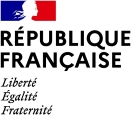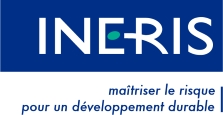Polycarbonate is light, versatile, wear-, heat- and shatter-resistant, transparent and can be made into any shape. It is a thermoplastic material that can be deformed under heat (when the glass transition temperature Tg is reached) and is therefore suitable for the manufacture of items of diverse shapes. The search for an alternative should be guided by the essential properties that it is important to conserve, and the possibility of obtaining authorisation for use in food contact materials. We could seek inspiration in the alternatives already being used, which are listed in the reports published on this site on BPA replacement.
Glass, ceramics and stainless steel are commonly used. If the application in question requires a light and break-resistant product, another thermoplastic polymer could be considered: polypropylene, polyethylene, Tritan® copolyester, polyamide, polyphenylsulfone and SAN (styrene acrylonitrile) are generally used. If the application requires good temperature resistance, care must be taken with regard to the material's glass transition temperature (Tg).
Polyphenylsulfone resists impacts and temperature even better than polycarbonate, but it is amber in colour, and it is therefore impossible to obtain a perfectly transparent item.
Polypropylene is less temperature-resistant than polycarbonate, and has a milky appearance. Microscopic asperities on the surface of the material make polypropylene items less easy to clean than those made from polycarbonate.

